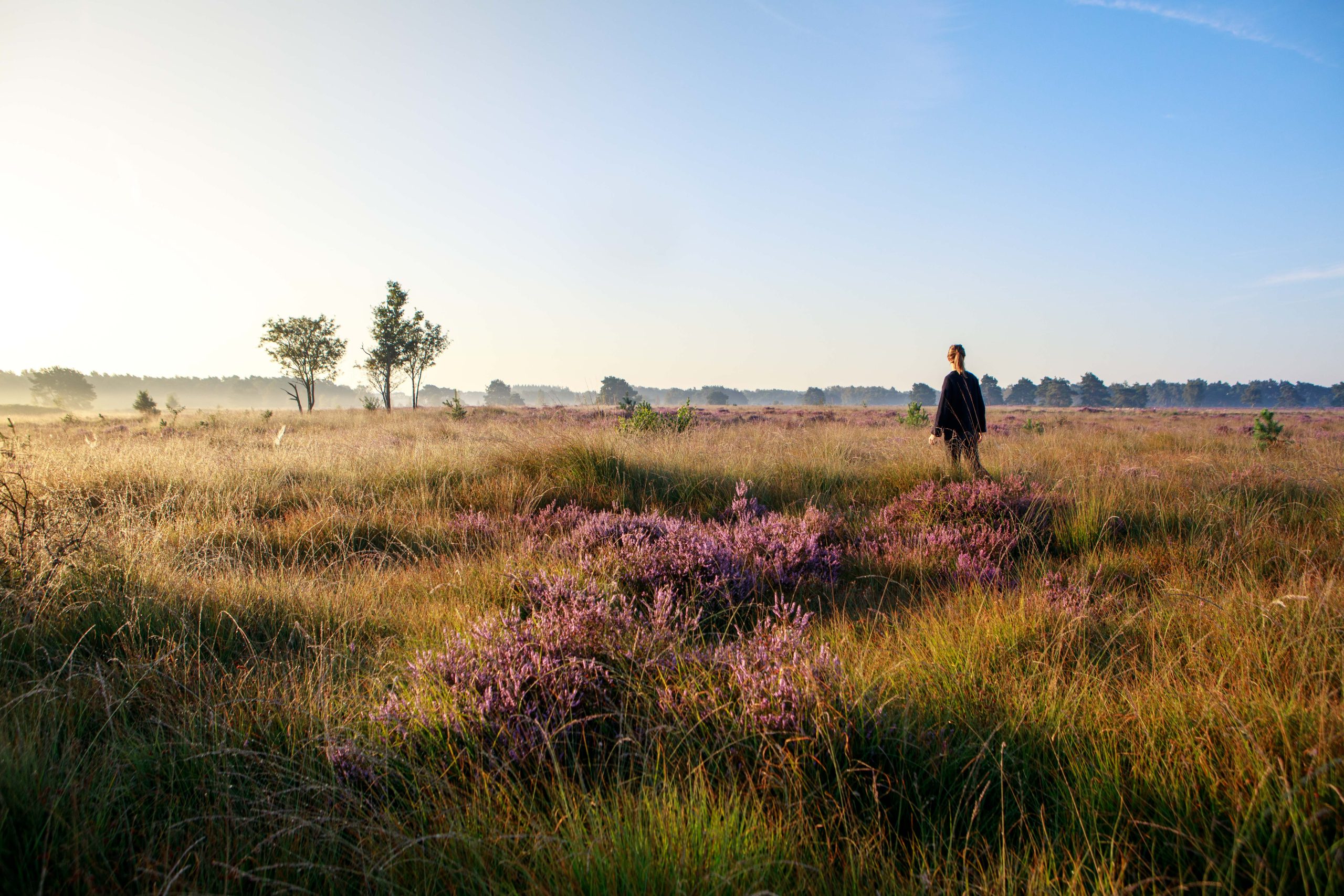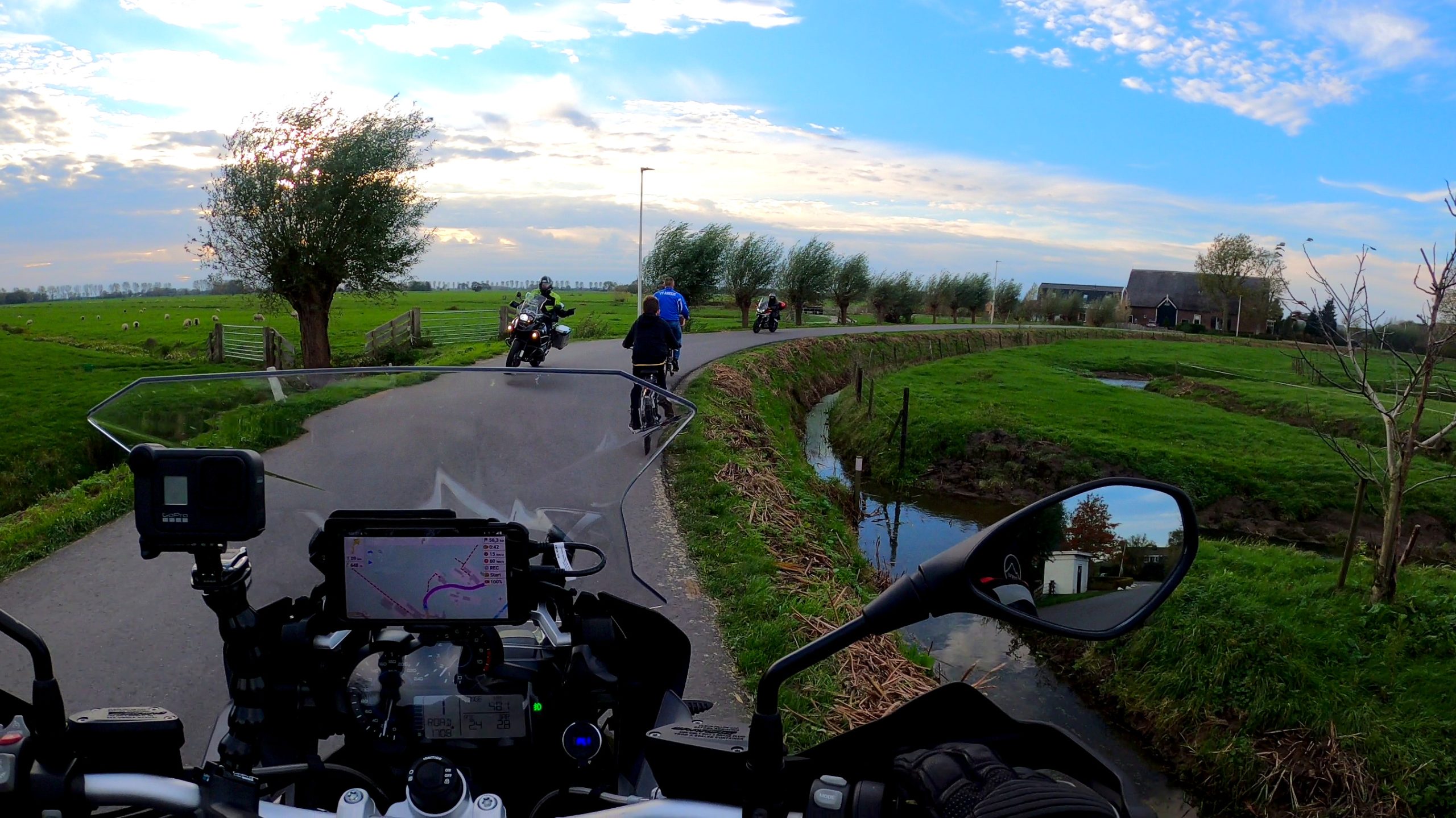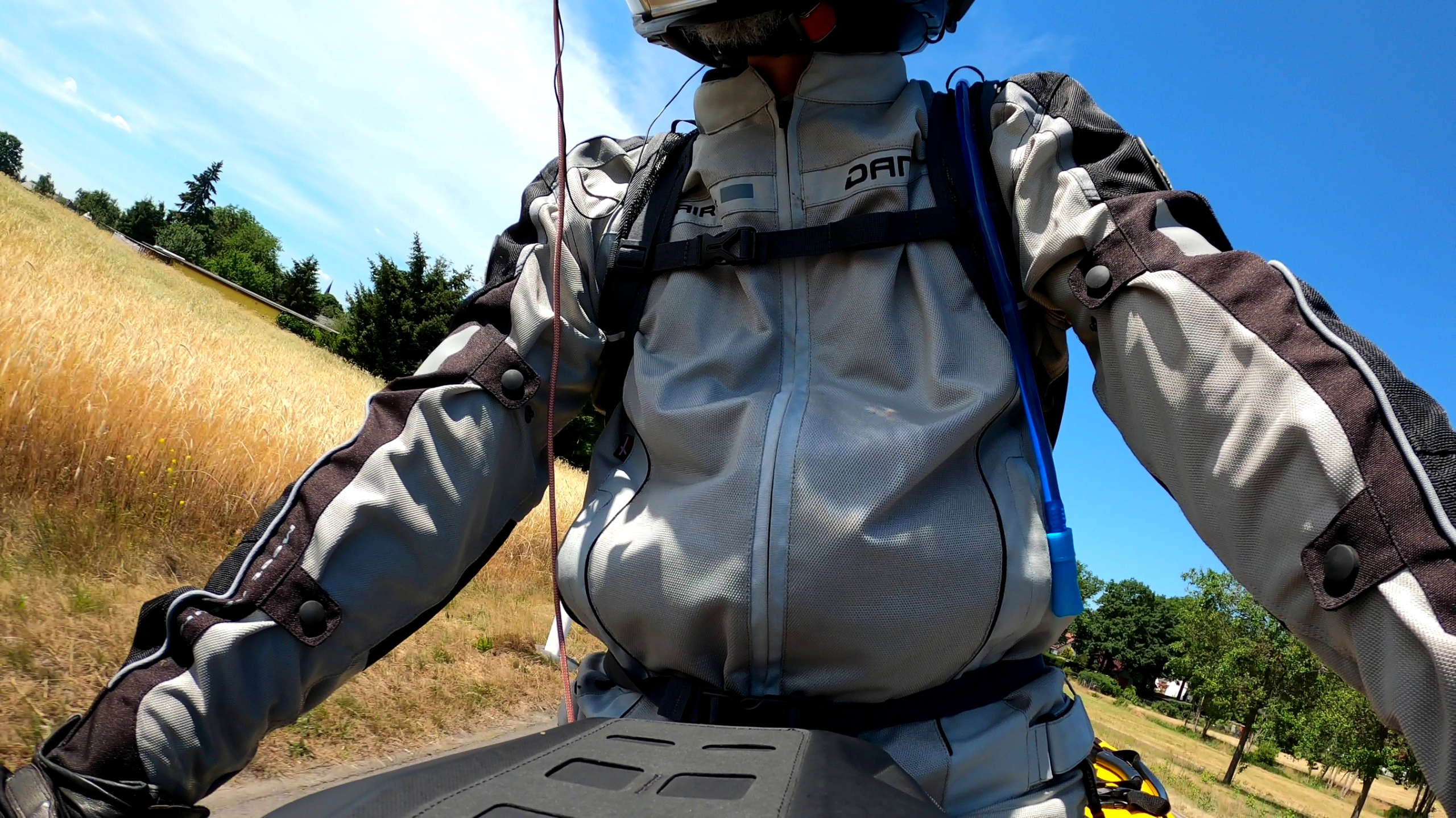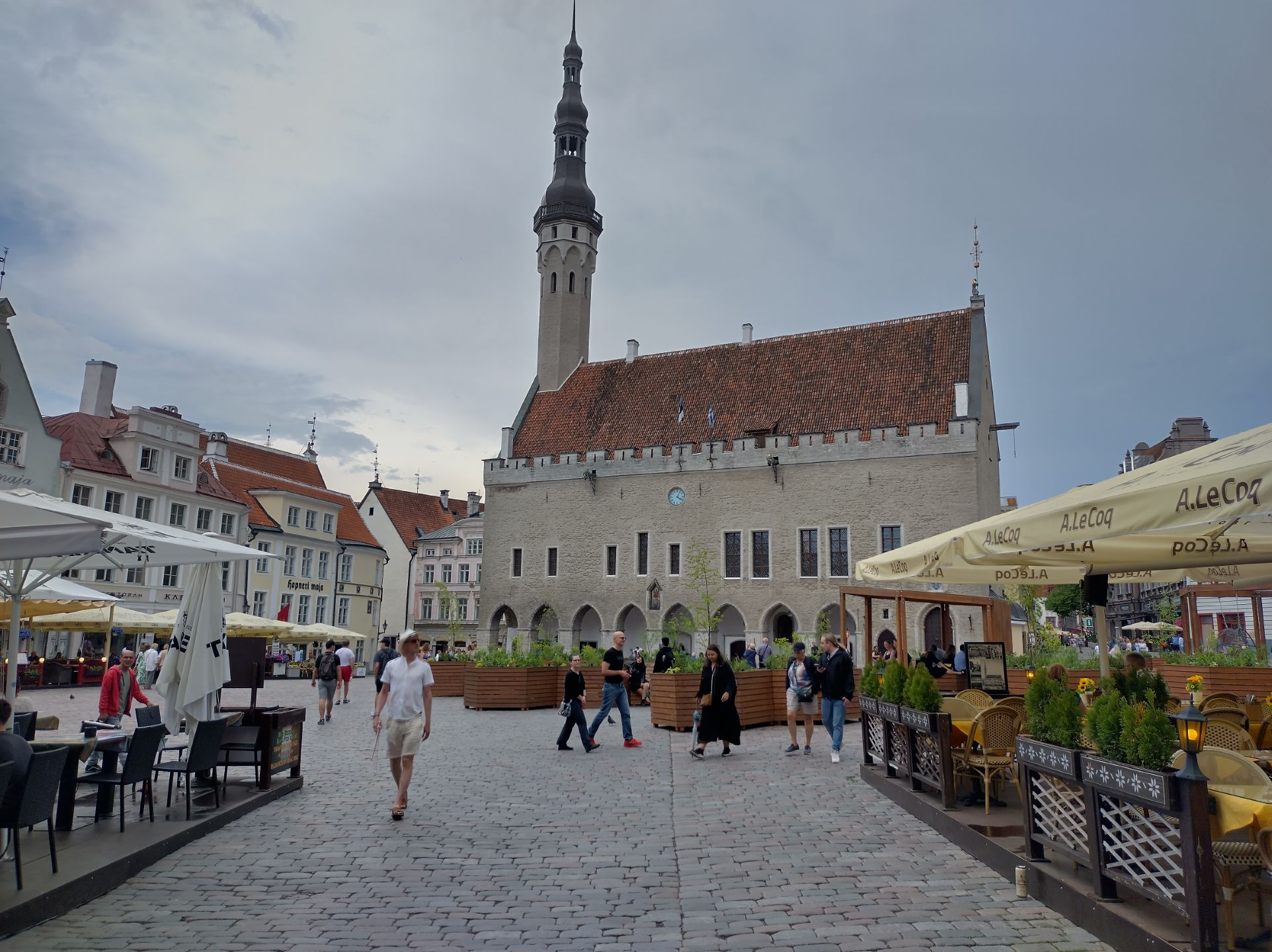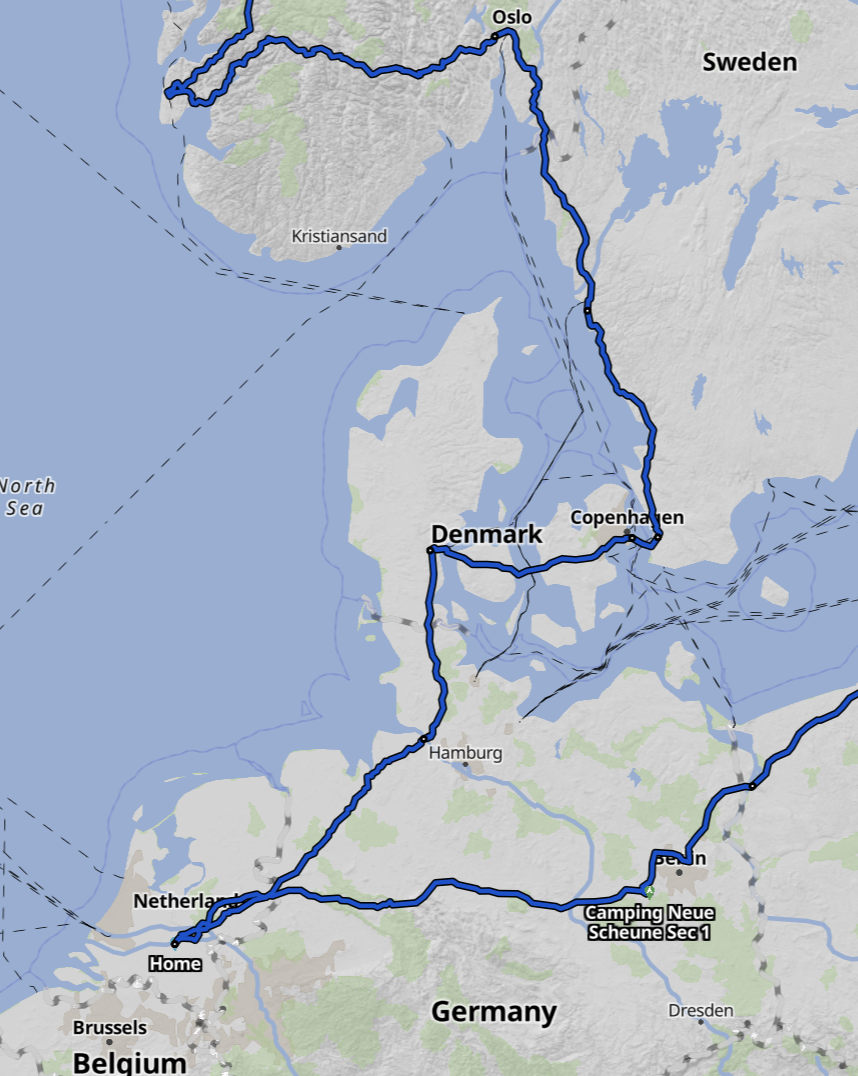The Unseen Light: Chasing Van Gogh’s Shadow on the Kempenroute
Detailed route information can be found on
Route Info: The Unseen Light: Chasing Van Gogh’s Shadow on the Kempenroute
The Low Countries are often rendered in flat, soft-focus clichés: windmills and tulips, damp grey skies. But to truly understand the heart of Brabant, you must strip away the gloss and search for the donker, the deep, dark earth that birthed both grinding poverty and artistic genius. This is the enduring paradox of the Kempen, a region of shifting sands and steadfast silence, where the ghost of Vincent van Gogh still walks the heathered fields.
My machine, a throaty, twin-cylinder companion, idled patiently beneath the ancient chestnuts of Oirschot. This medieval heart, with its crisp, 15th-century brickwork and the solemn Romanesque tower of the Boterkerkje, felt immediately cinematic, the kind of place that grounds a story in deep time. The air here, a blend of rain-wet stone and newly brewed coffee, carries a scent of modern prosperity that belies the Kempen’s former reputation as the 'poor corner' of the Netherlands. The quest, then, was to find the old Kempen beneath the new, to trace the line from the humble, long-gable farmhouses to the wide-open, ancient heaths.
The ANWB Kempenroute, a 141-kilometer loop designed for thoughtful exploration, began with the soft, seductive tug of the open road. Leaving the protected village view, we plunged into a landscape defined by water: the gentle windings of the Dommel and Beerze rivers, and the straight, purposeful cut of the Wilhelminakanaal. We passed through Best, a town once famous for its legions of wooden clog makers, a testament to the simple, practical labor that defined life here for centuries. Every kilometre was a physical transition, moving from the farmed, cultivated lands of Brabant toward the ancient, wild core.
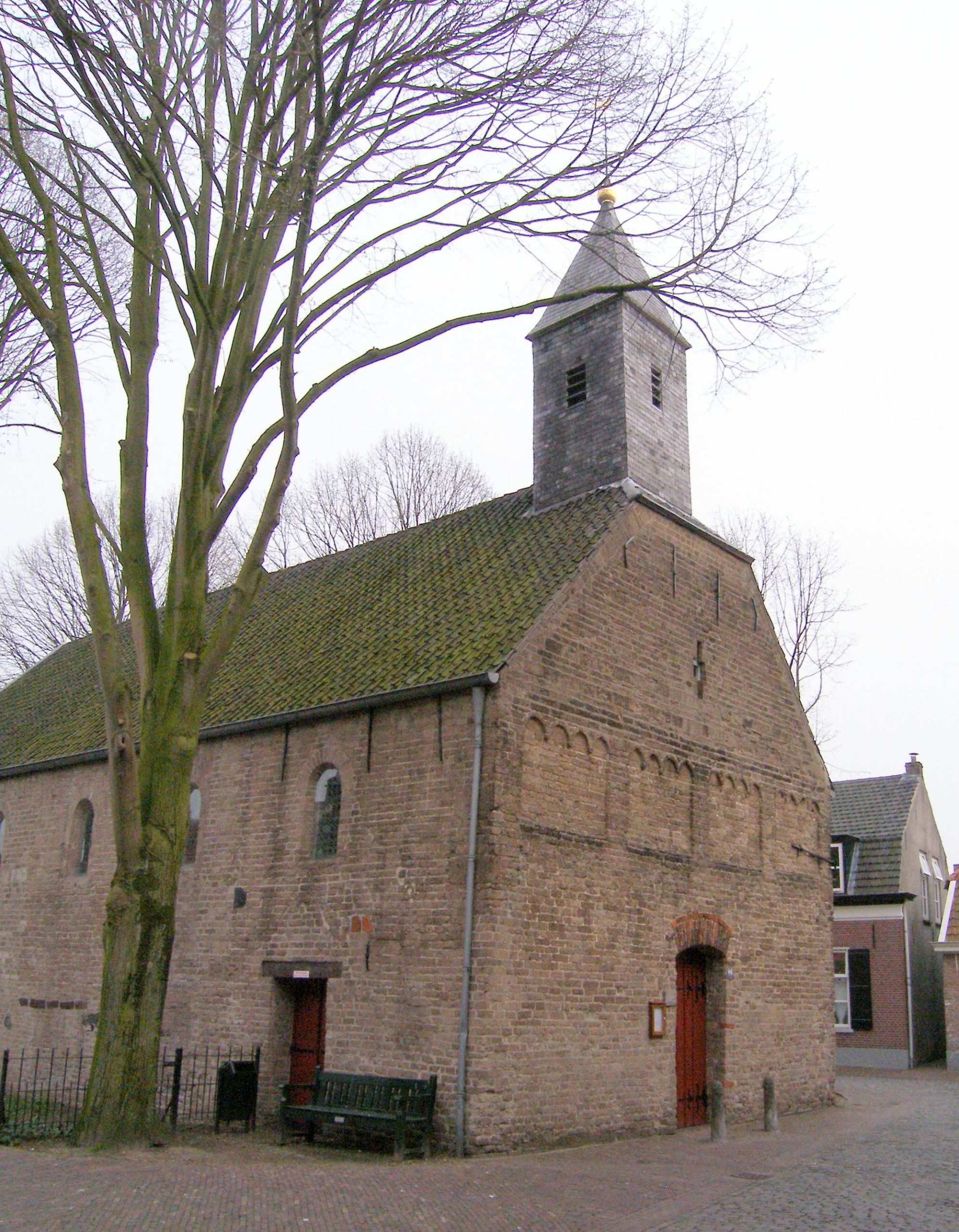
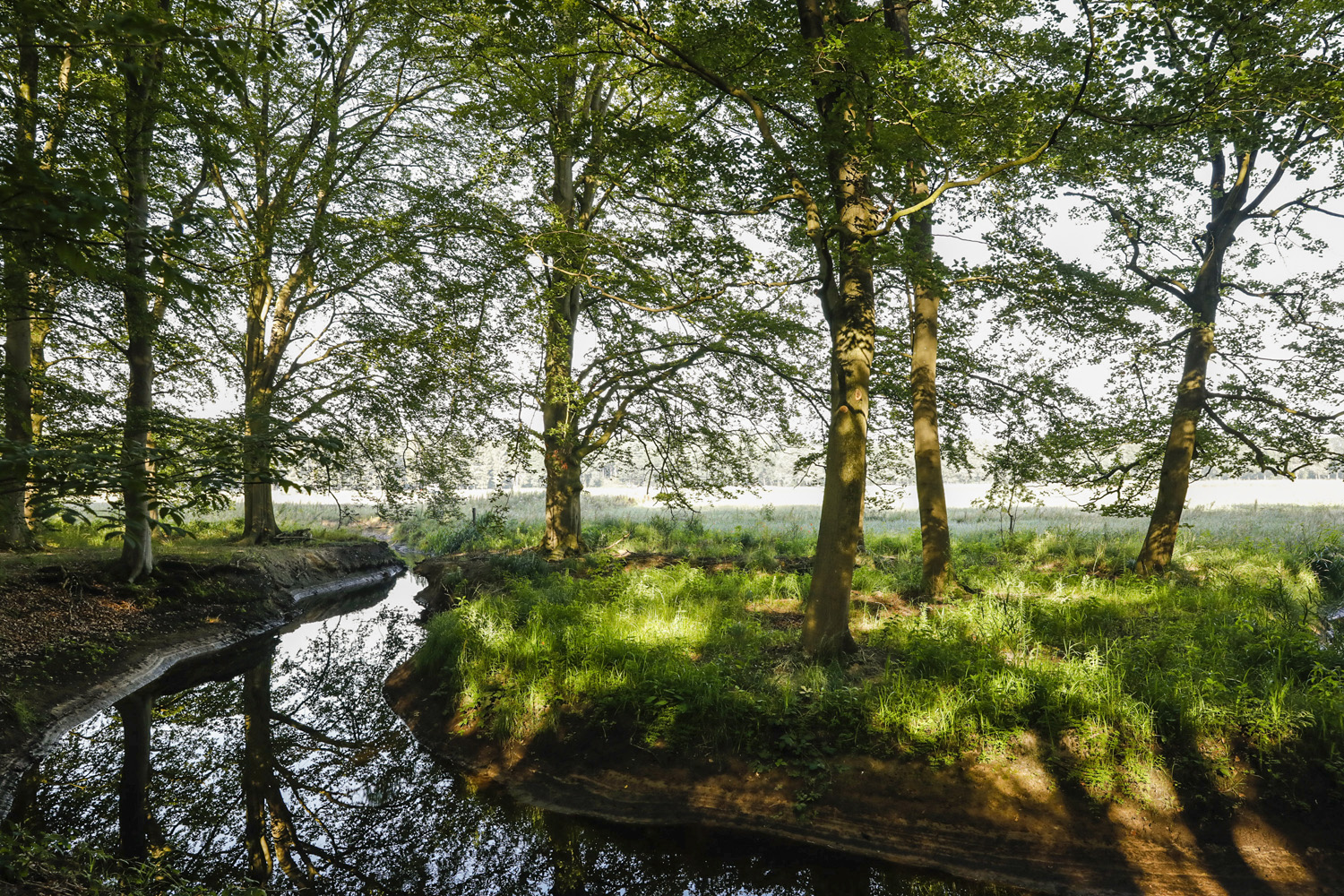
The Painter’s Palette and the Dark Earth
The true historical pilgrimage began as the road tightened, leading us toward the village of Nuenen. This was Van Gogh’s crucible, the place where he lived for two pivotal years, where the relentless darkness of the industrializing, agrarian countryside seeped irrevocably into his palette.
Motorcycle riding here is uniquely suited to historical search. The engine’s low vibration becomes a pulse of reverence, and the open air allows you to physically smell the past (the damp straw, the deep, rich soil, the lingering woodsmoke of an earlier age). I slowed, almost creeping, as I passed the long, low, whitewashed farmhouses, the direct descendants of the humble dwellings Van Gogh sketched endlessly. These were the homes of the keuterboertjes, the small farmers struggling on the sandy, nutrient-poor soil.
The VINCENTRE museum tells the documentary history, but the profound emotional truth of Nuenen lies outside. I parked and walked the path that led to the Van Gogh-Roosgaarde Cycle Path, a mesmerizing modern installation where thousands of sparkling stones embedded in the asphalt recreate The Starry Night. It's a breathtaking confluence of past and future: the painter's melancholic, almost tortured vision rendered in kinetic, solar-powered light. Here, the struggle of the old Kempen (the "Aardappeleters" who toiled under the oppressive skies) feels finally redeemed by modern artistry, a symbol that the dark past has fueled a luminous present.
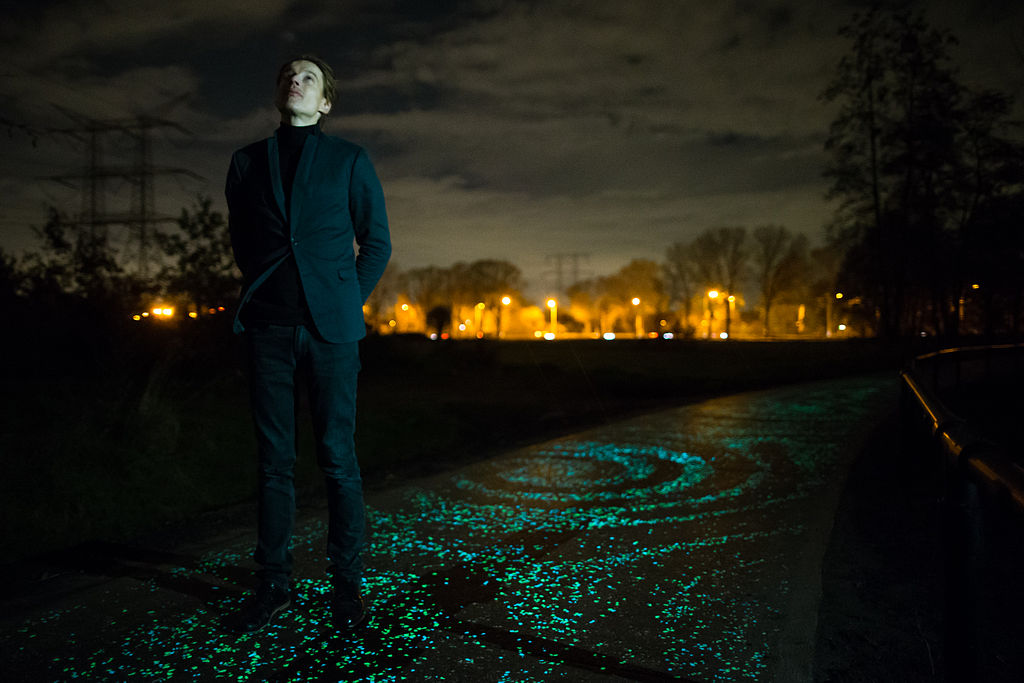
A Meditation on the Heath
Leaving Nuenen, the asphalt ribbon began to curve and flow, demanding a higher rhythm from the rider. The small, quick turns through the towns gave way to long, sweeping stretches bordered by dense pine and deciduous forest. This section of the ride, pushing past Mierlo and toward Lierop, is a masterclass in regional geography: the woods are broken suddenly by vast expanses of purple-and-green heide (heathland), spotted with dark, still vennen (fens).
Motorcycling through the Kempen's nature reserves is less a journey of distance and more a meditation on survival. The air temperature drops several degrees, and the scent of pine needles and wet peat replaces the smell of cultivation. The twin engine found its rhythm against the soft whisper of the tire tread, carving a crisp, focused line across the sun-drenched Molen- en Luchense Heide, where old standerdmolens (post mills) still turn their sails, marking the enduring human presence against the truly wild, untamed backdrop of the shifting sands (the desolate, beautiful stuifzand) of the Gebergten.
The road brought us to Lierop, a tiny town marked by a majestic dome-topped church (a surprising echo of St. Peter’s Basilica in Rome). From there, we rode directly into the vast, immersive embrace of the Strabrechtse Heide. This is the Kempen’s lung, the largest remaining heathland in Brabant. Here, the road narrows, and the sheer scale of the landscape commands attention. The bike leans into corners framed by dense green juniper berries, their sharp, clean scent filling my helmet. The openness here is the truest representation of the historical Kempen: a land too poor to farm, and thus left to the wild, now preserved as a priceless natural heritage.
In Heeze, we paused at the imposing 17th-century moated castle, still one of the last inhabited castles in the country, a powerful symbol of aristocratic resilience set against the quiet, century-long resilience of the humble farmer.
Crossing the Shadow Line: Silence at the Abbey
From the well-tended farmlands around Leende, the road led us south. The route’s emotional climax is not a mountain pass or a dramatic coastal view, but a quiet, almost imperceptible border crossing. The signage subtly changed; the asphalt texture shifted. We had passed the imaginary line and entered Belgium, reaching the town of Hamont.
The short, winding ride to the Achelse Kluis (St. Benedictus Abbey) felt different. This Trappist monastery sits precisely on the border, a spiritual anchor that straddles the two nations and the centuries.
Pulling up to the Abbey, the familiar throaty roar of the motorcycle felt sacrilegious. I cut the engine and let the profound silence rush in (a deep, settling quiet defined only by the distant clack of a bicycle chain and the faint murmur of monastic life). The walls, built from heavy, simple brick, felt ancient, breathing history. This is a place of stabilitas (stability and permanence), the monks choosing this isolated, once-barren spot for contemplation and simple, hard labor.
In the courtyard, as the motorcycle cooled and ticked, the historical truth of the Kempen merged with the immediate, sensory truth of the journey. The pursuit of historical truth, like the monastic life, requires solitude and commitment. Here, beneath the vaulted ceiling of the Abbey shop, surrounded by the simple fruits of the monks' labor (their bread, their famous Trappist beer, their stillness), the contrast with the fast pace of the outside world was absolute. I took a deep breath, savouring the brief, precious moment of quietude before remounting. The engine’s renewed vibration on the return journey felt like a new promise, the simple act of motion now carrying the weight of reflection back into the Netherlands.
The Eight Beatitudes
The final leg of the journey brought us back across the border and into the historic heartland known as De Acht Zaligheden (The Eight Beatitudes). This chain of villages, a region where nature and culture are perfectly preserved, is the perfect final stanza to the story.
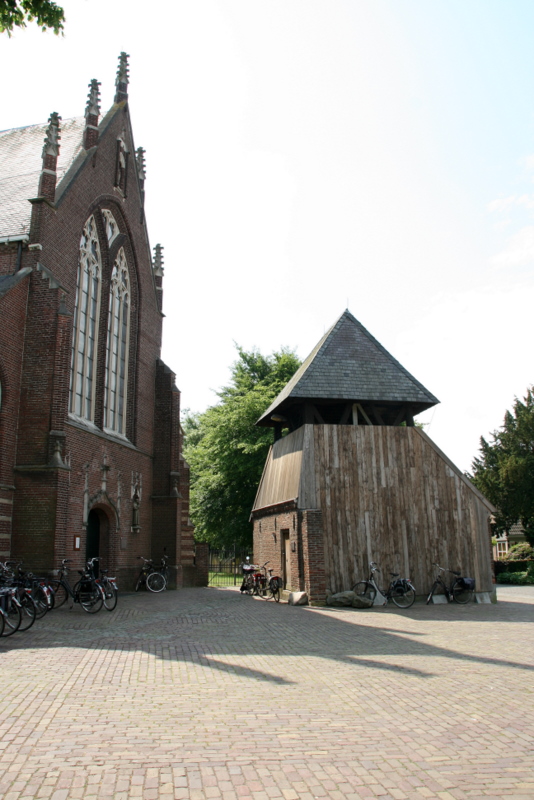
The journey culminates in the stunning market square of Eersel. This square, a protected village face, is circled by grand facades, an aesthetic culmination of the prosperity the Kempen has finally achieved after centuries of struggle. The Kempenmuseum De Acht Zaligheden here showcases the rough-hewn life of the old farmsteads (the original, difficult existence that gives meaning to the modern bounty).
My last miles were spent winding through the park-like estates of De Baest near Middelbeers, the forest and heath finally dissolving back into the cultivated fields. Back in Oirschot, the journey’s end, the motorcycle’s odometer confirmed the loop was complete.
The Kempenroute is a ride for the soul, a journey not of spectacular speed, but of deep, historical texture. It is a story about seeking the light in the shadows, tracing the steps of those who found inspiration in the hard, dark earth, and realizing that the landscape of the Low Countries is anything but flat. It pulses with history, waiting to be felt through the tires and the wind, one quiet, profound kilometer at a time.
Route Information
editor's pick
news via inbox
Want to be the first to know about my latest adventures and hidden gems?
Sign up for the MotorAway.eu newsletter to get exclusive travel stories, stunning photos, and video updates delivered straight to your inbox.
Join a community of fellow motorcycle enthusiasts and never miss a ride.

